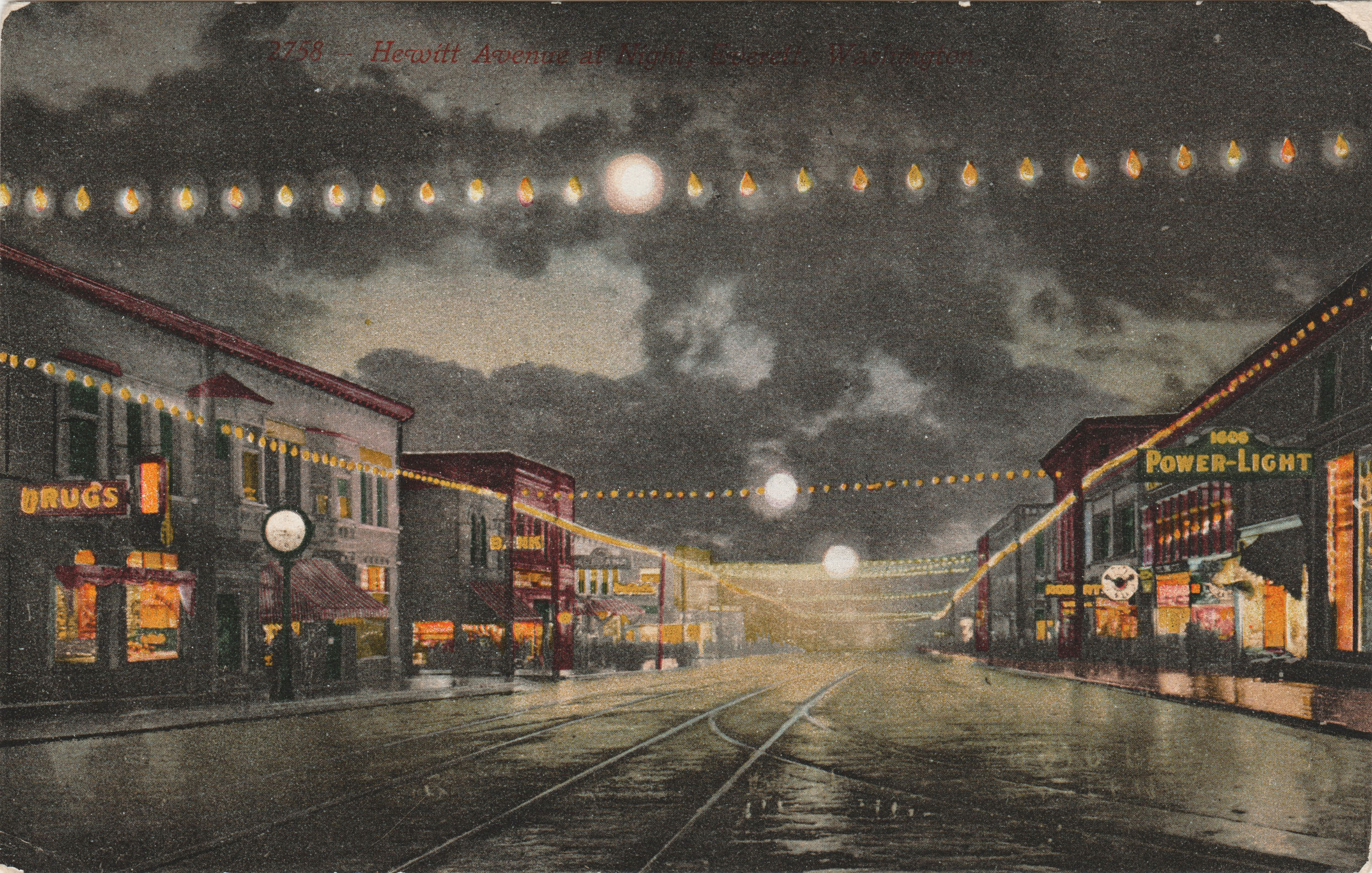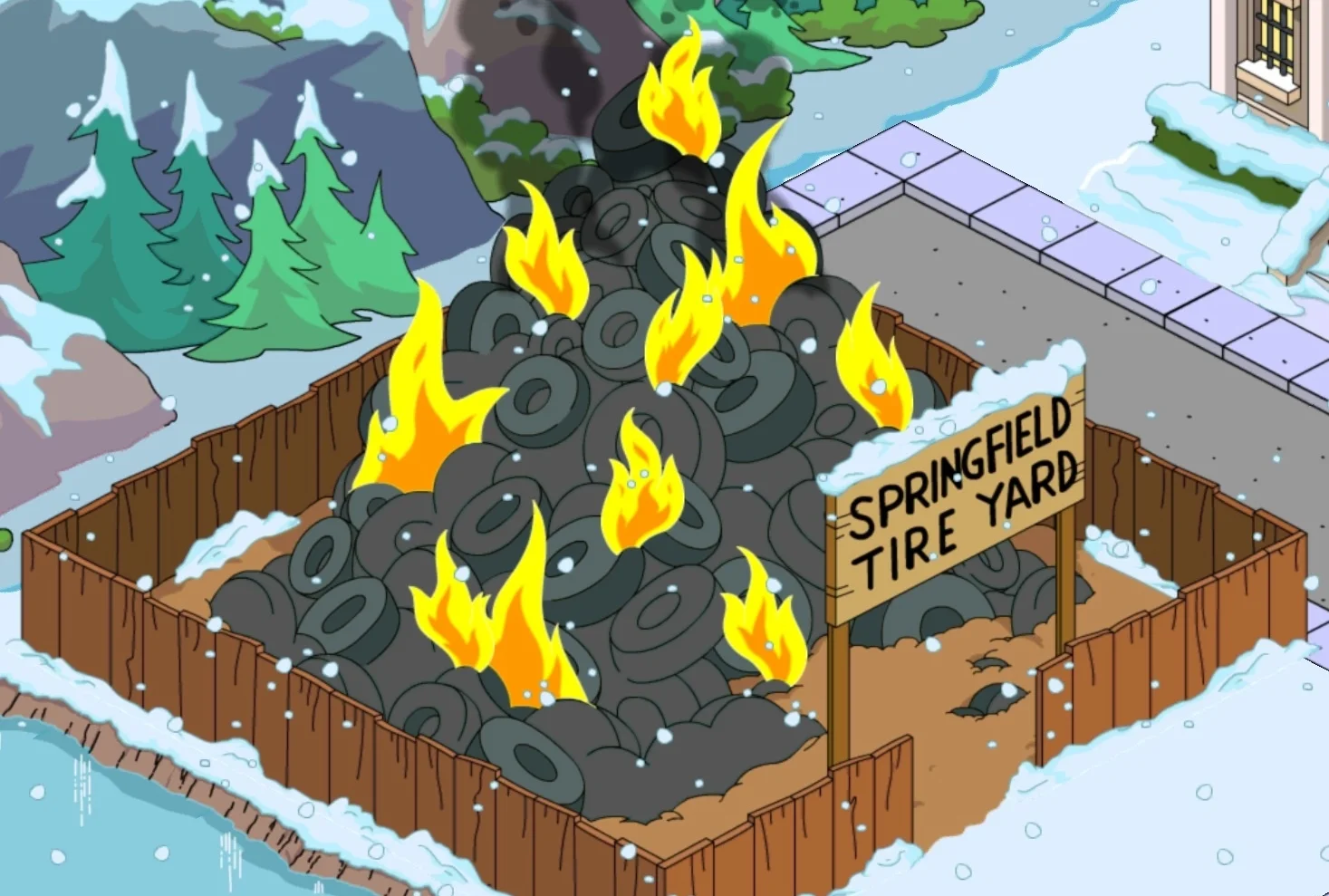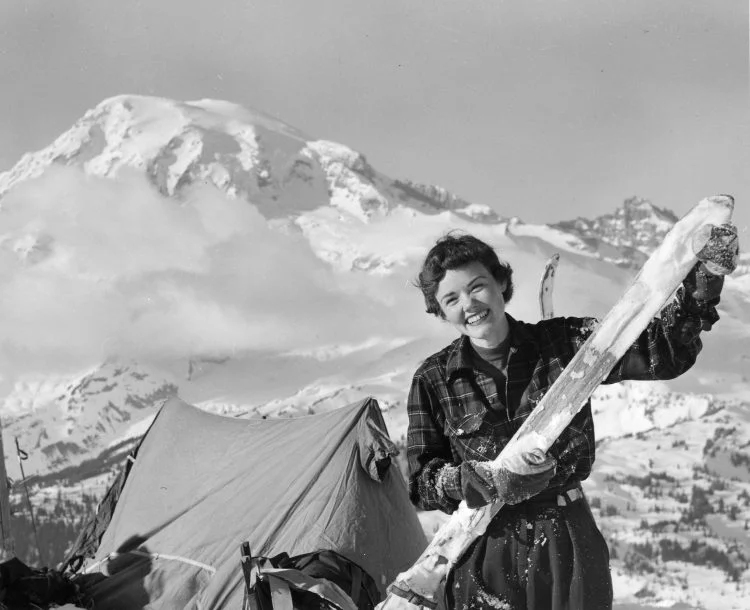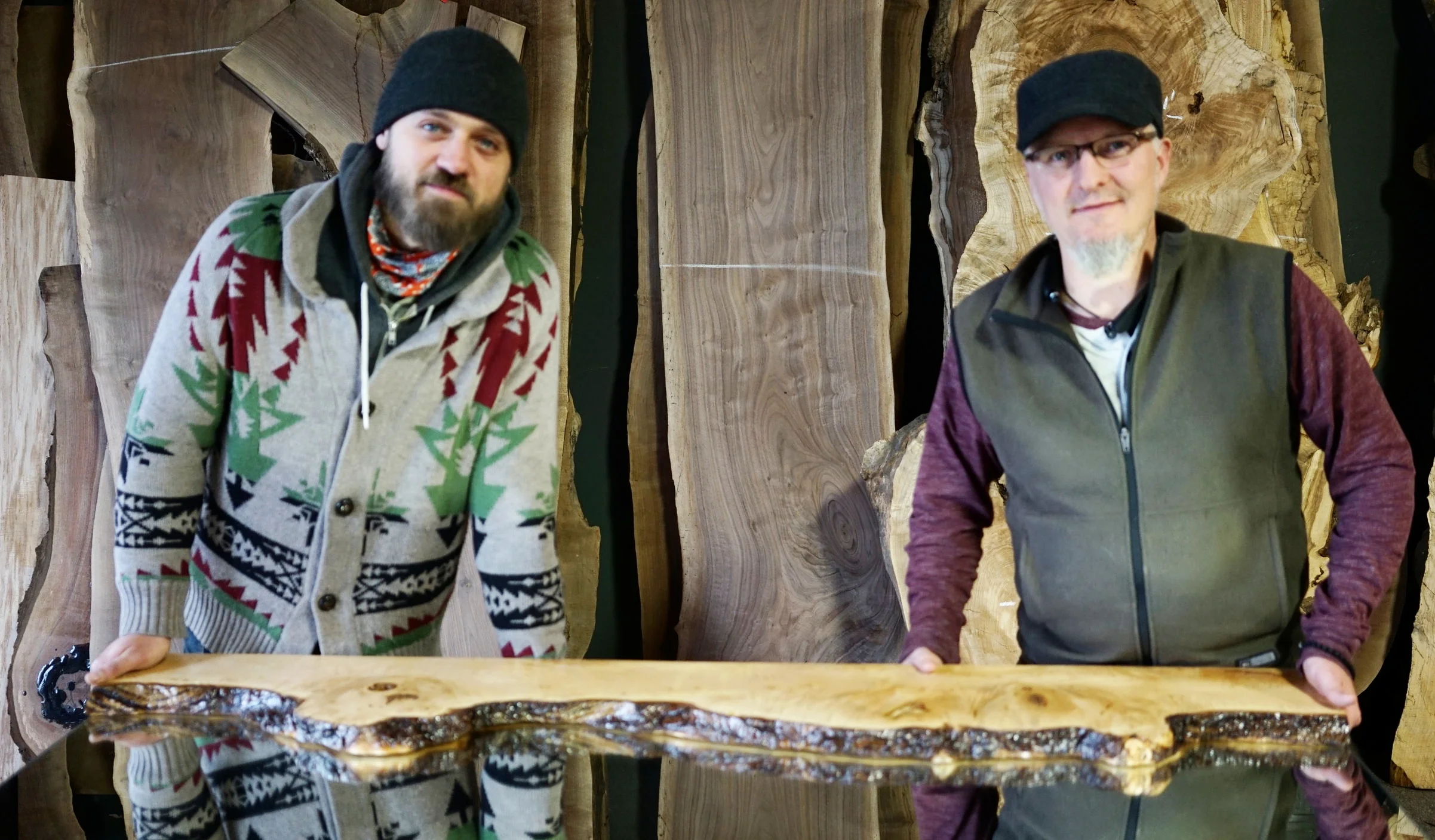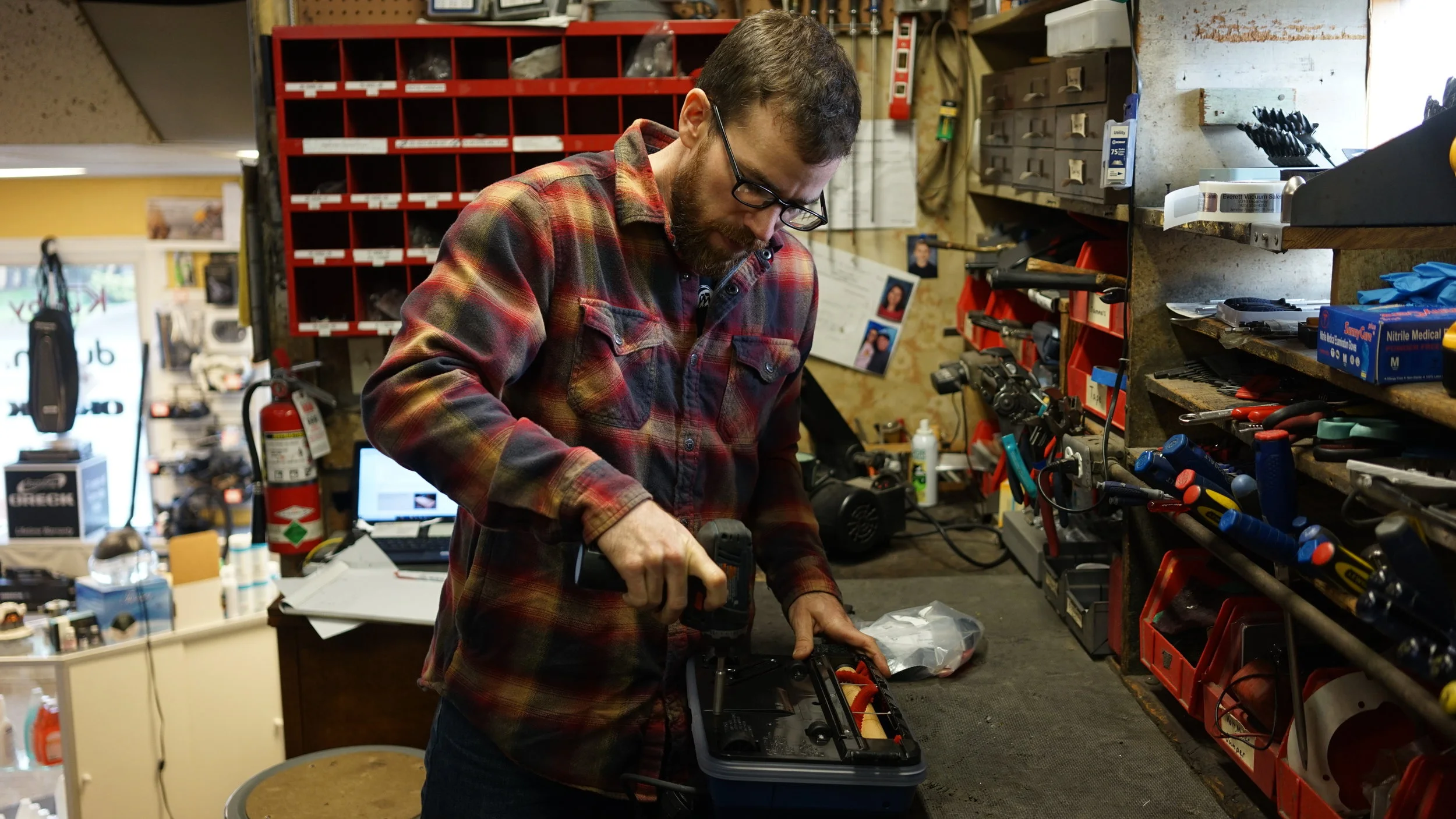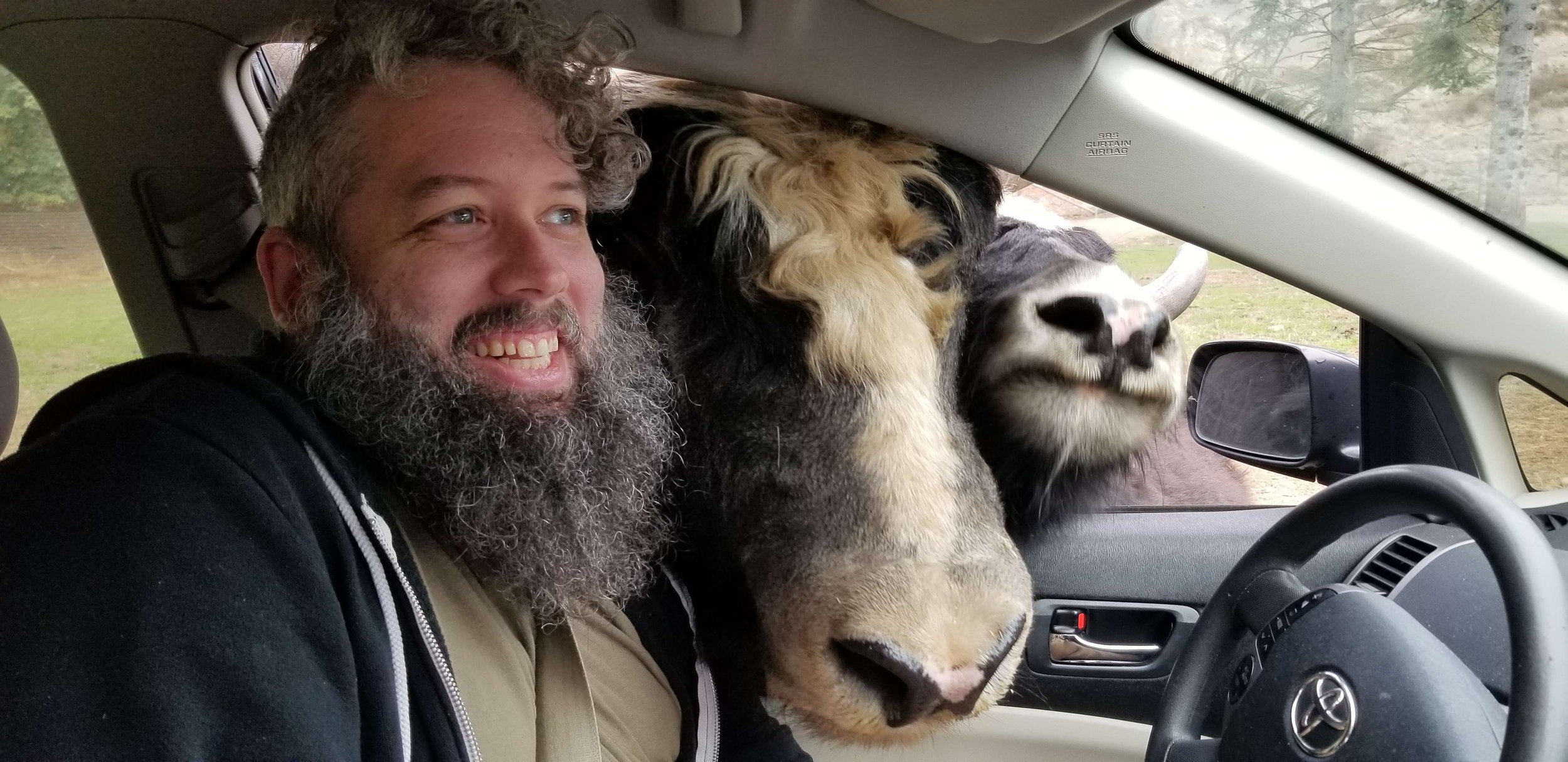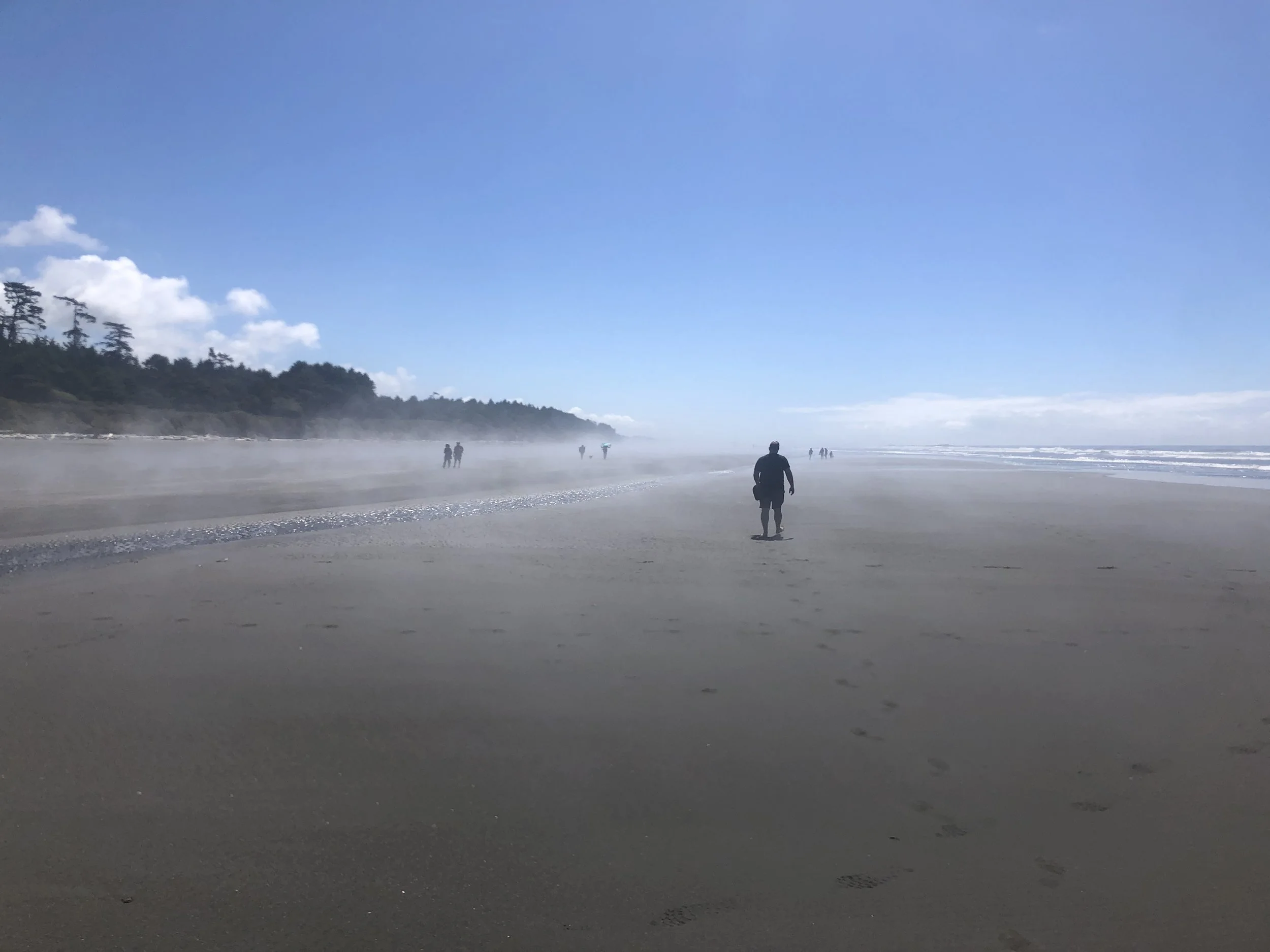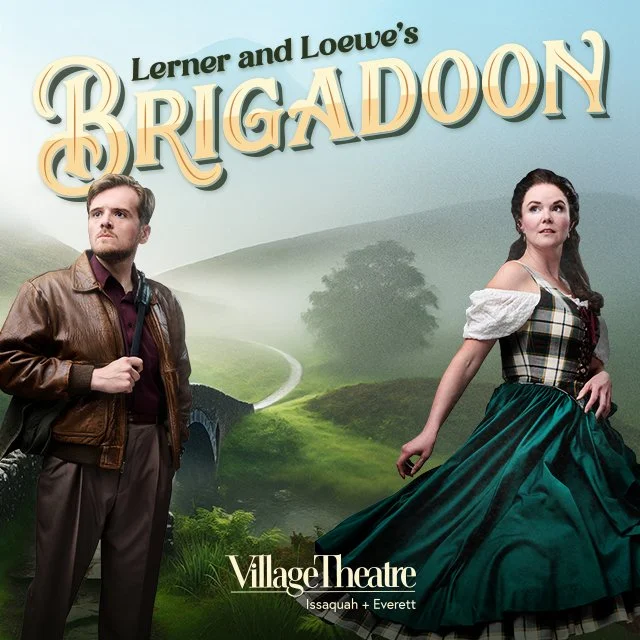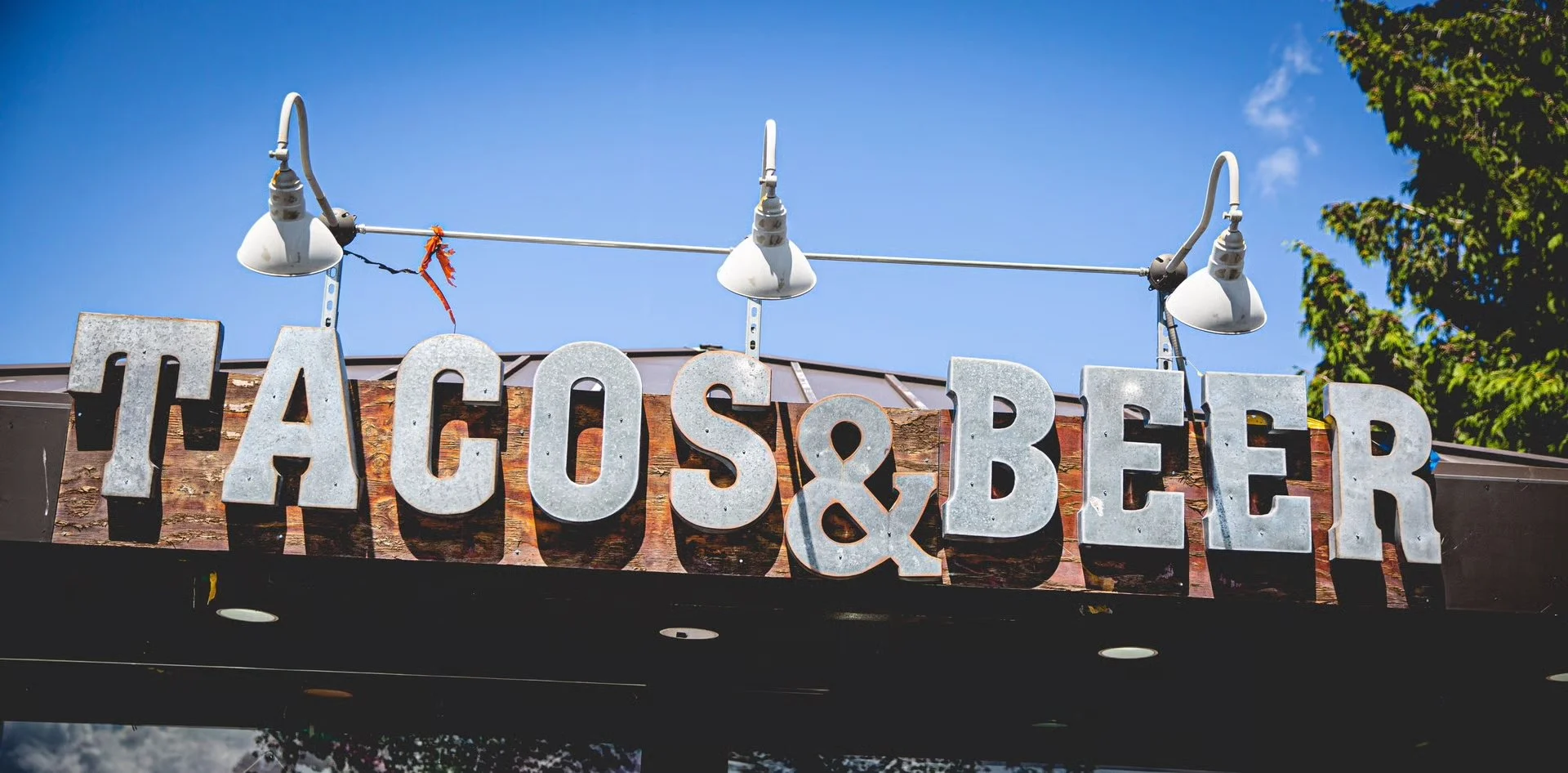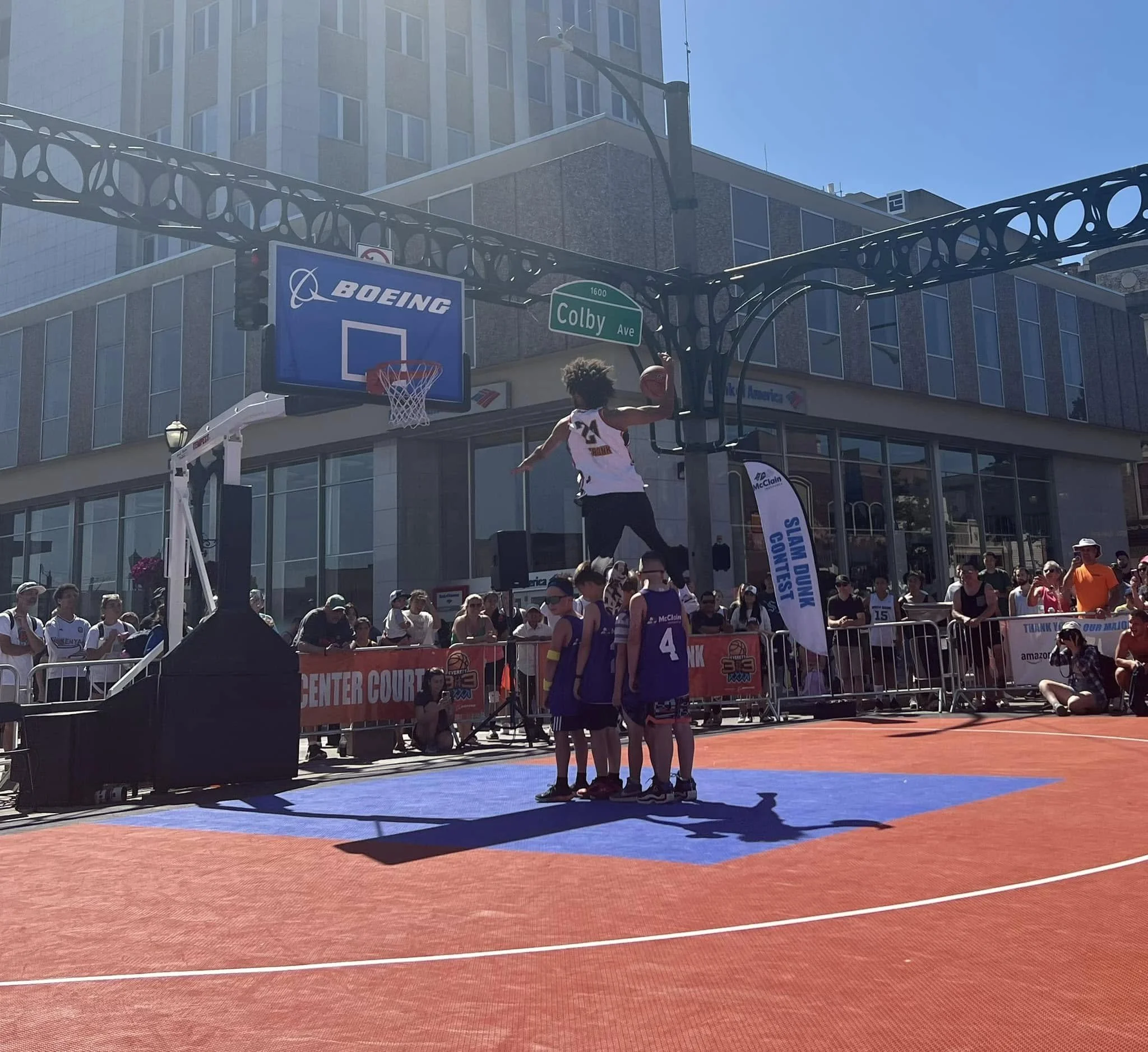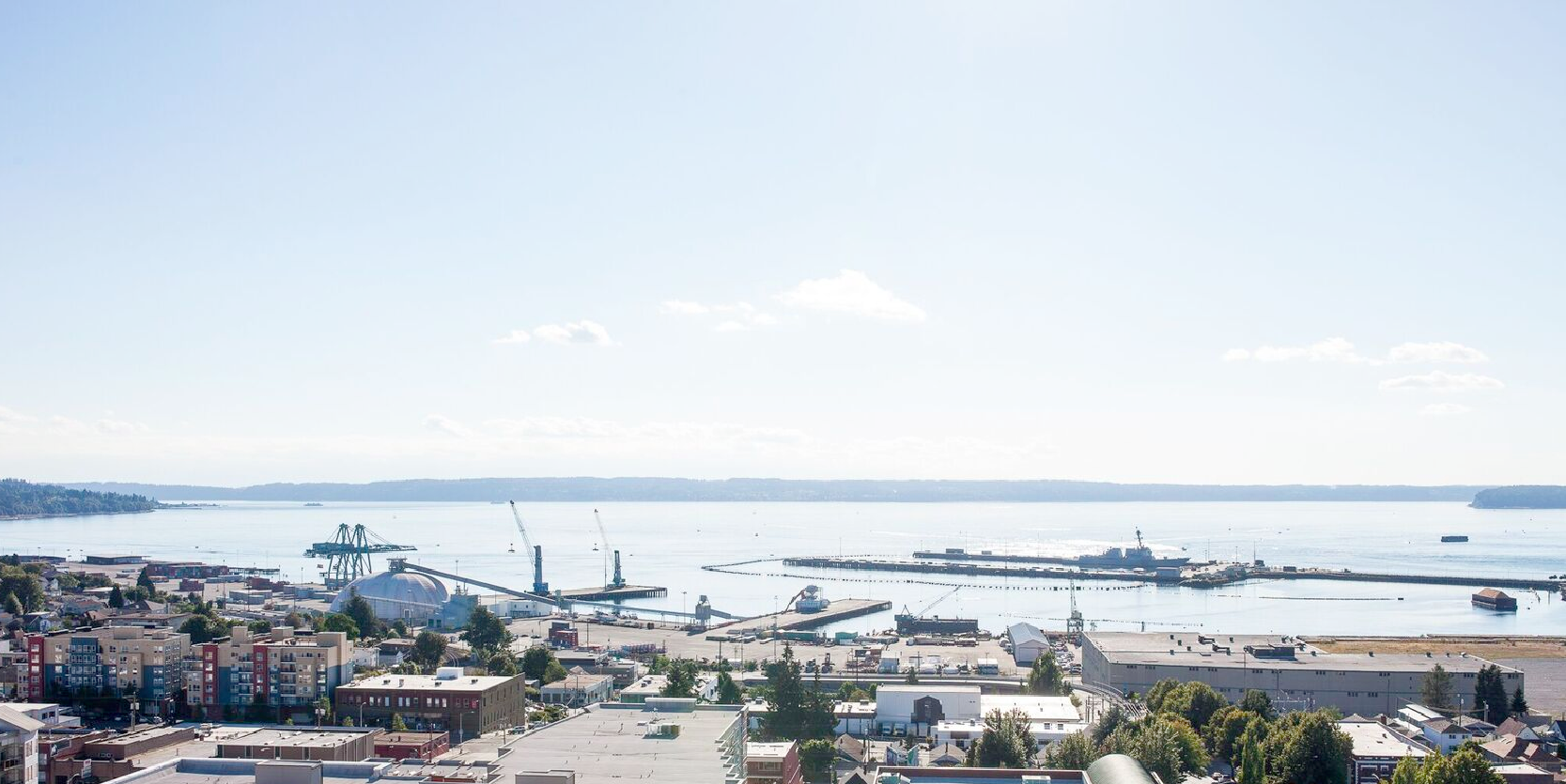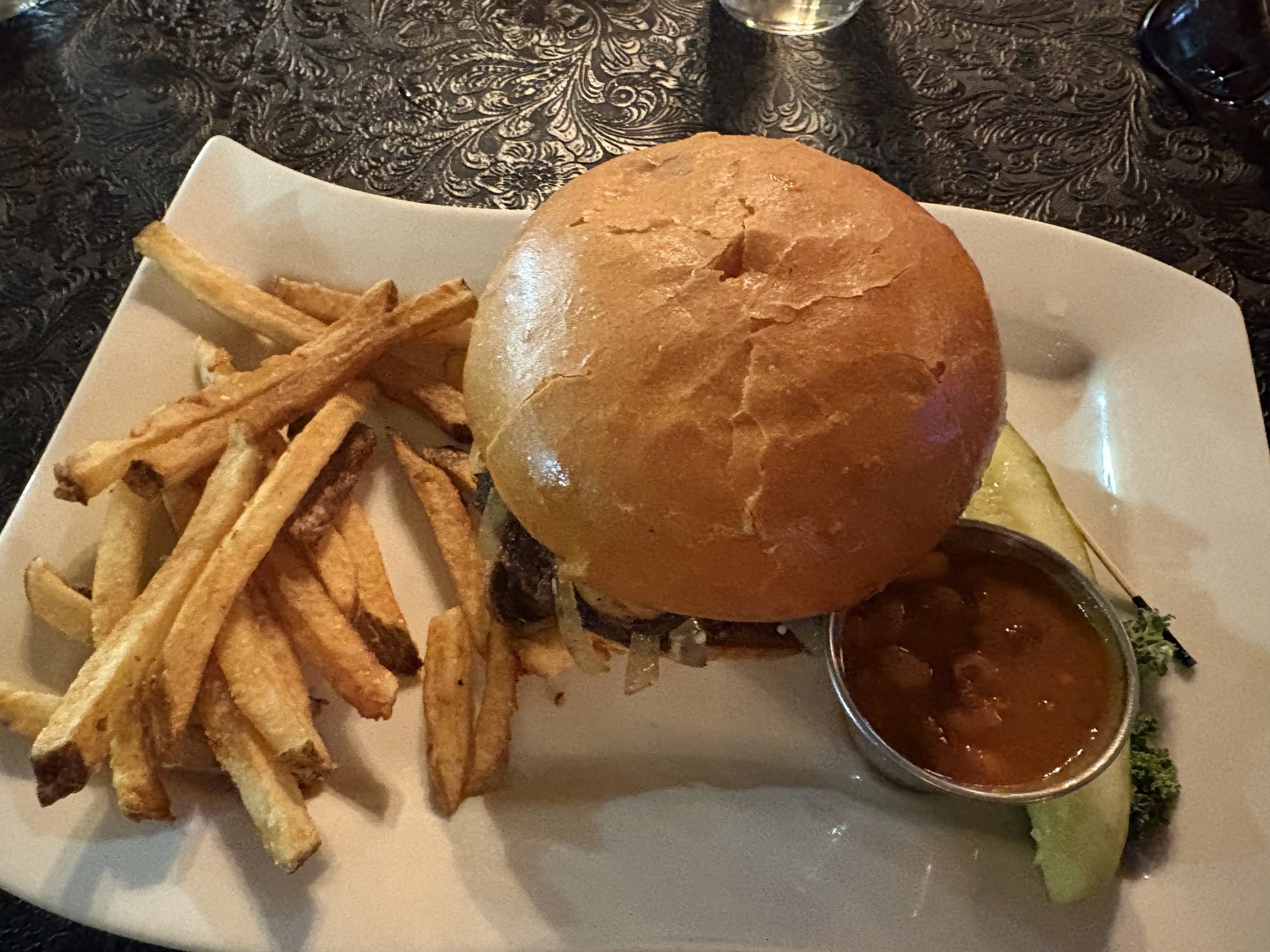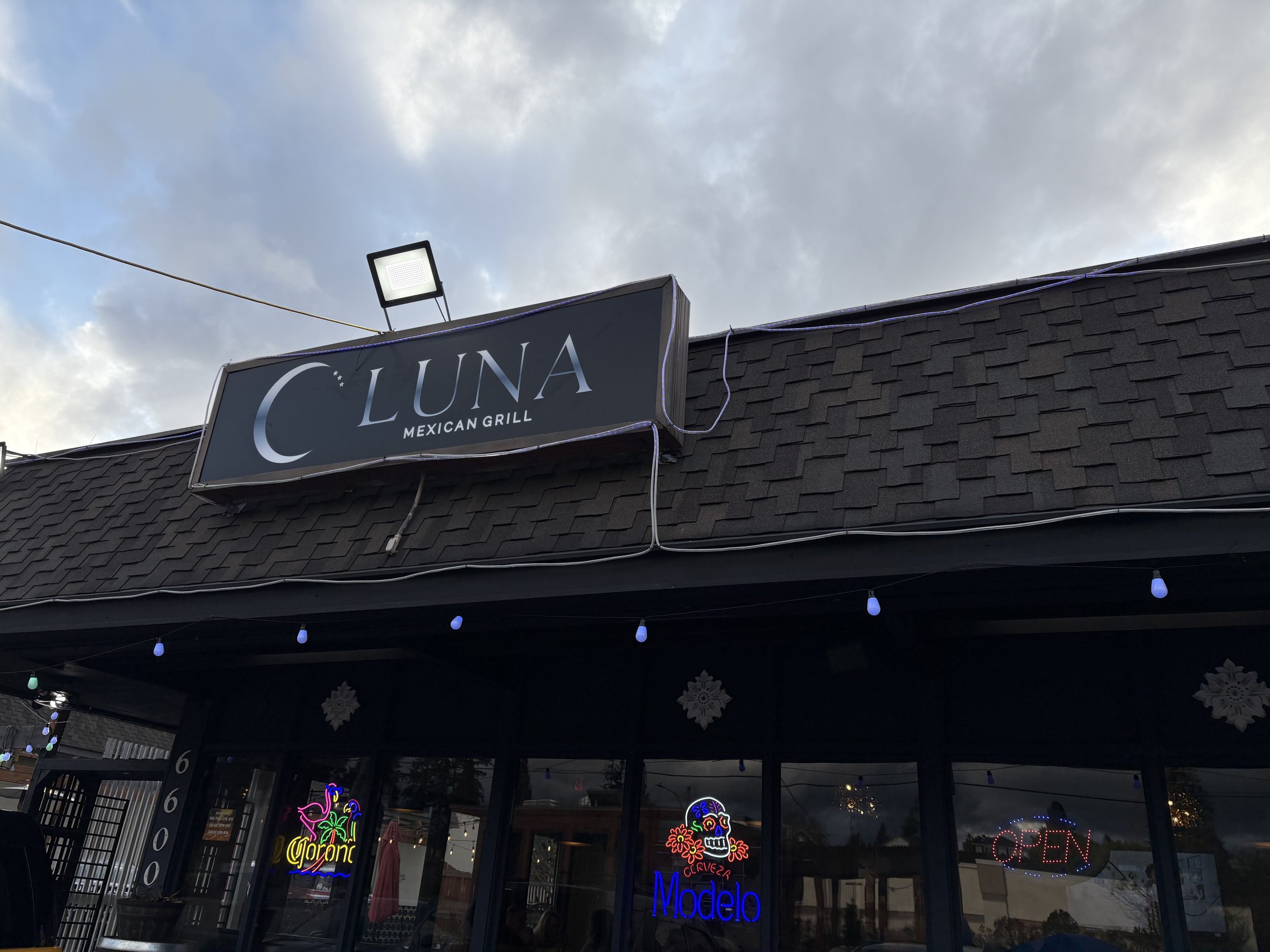A History of Everett's Forest Park, and the Initiative that Built It
Editor’s note: Originally published September 18, 2018. Republished March 10, 2022.
What really excites me about Forest Park isn’t the old-growth trees, the fact that it used to be home to a resident elephant, or that it has an entire building dedicated to showcasing flowers.
Nope. What inspires me about Forest Park is that it’s the product of Works Progress Administration (WPA) labor. The park is the verdant and well-landscaped fruit of Franklin Delano Roosevelt’s New Deal that can still be enjoyed today.
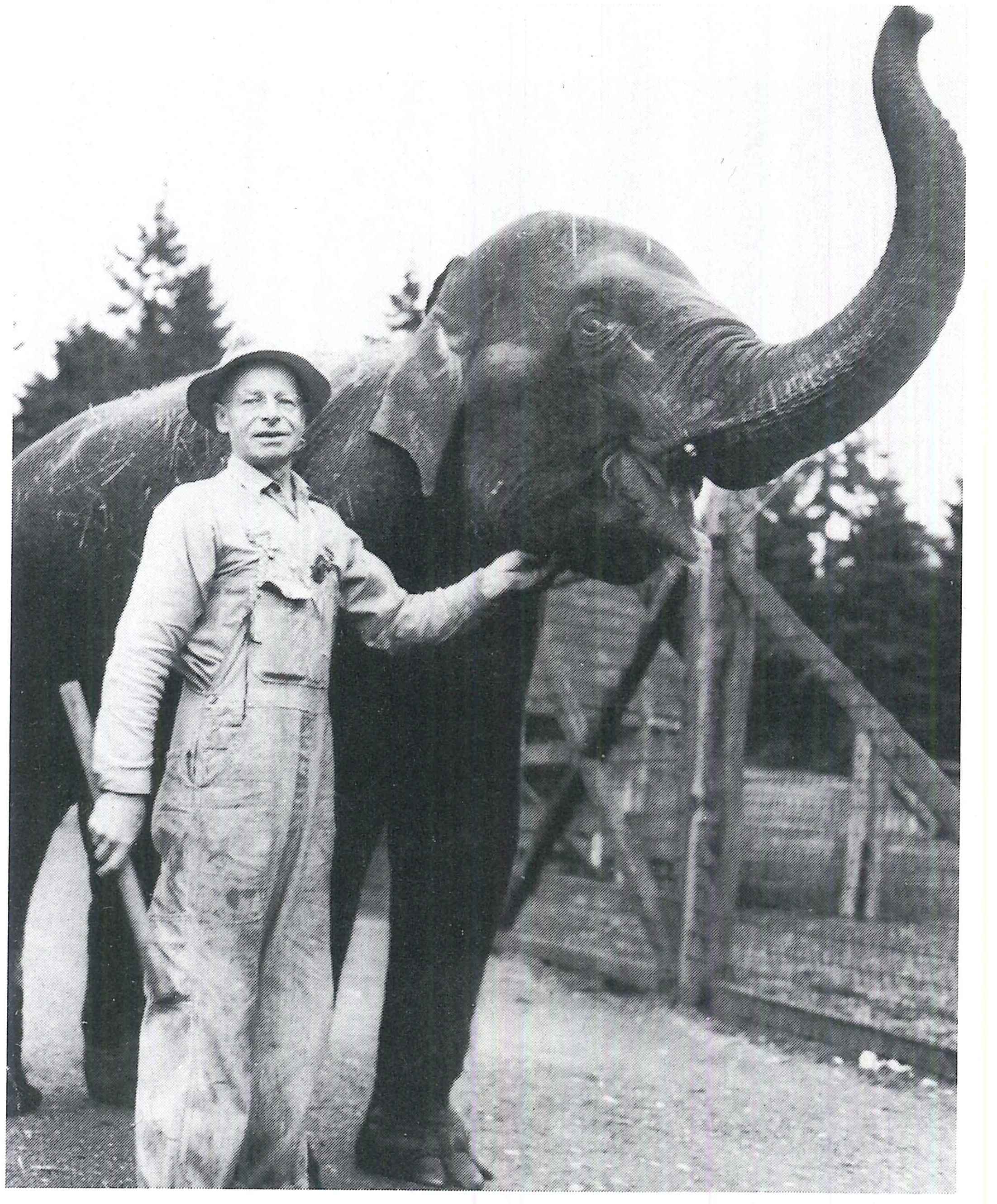
Rosie the elephant lived at the Forest Park zoo. // Unknown
If there’s one thing I get excited about it’s infrastructure built by WPA labor, because much of modern Everett was built by New Deal workers, including the street outside my house and (so I have read) my house itself. WPA money built the Main Public Library in town, Paine Field, sewer systems, and road improvements.
If you’re looking for some context on how big of a deal the New Deal was, may I recommend the excellent Smithsonian’s TV series America in Color?
Quick recap: in the 1930s America was in a bad way. The booming post-war economy of the 1920s had tanked and the Pacific Northwest was not immune from the fallout. Take a look at men picking garbage in the so-called “Hooverville” shantytowns on the south side of Seattle:

Seattle’s “Hooverville” // Unknown
The WPA, or Works Progress Administration, was a series of nationwide projects that employed some 8.5 million workers with federal money between the years 1935 and 1943. It was a huge investment in the country in a time of need, and it paid off, making FDR so popular as a president that he was elected an unprecedented four times. We still benefit from WPA art and buildings to this day.
Forest Park was one of the projects that the WPA undertook, along with some other projects that you may have heard of, like the Hoover Dam, Great Smoky Mountains National Park, the Timberline Lodge (as seen in the movie The Shining), and the Lincoln Tunnel. WPA money and labor built a space observatory, a dinosaur park, as well as scads of libraries (like our own), civic buildings, and some 225,000 works of visual art including murals and posters.*

Everett’s Floral Hall. // Unknown
In the 1930s WPA workers landscaped and terraced the hillside of Forest Park, designed and built Floral Hall in 1939, and erected a zoo with honest-to-goodness buffalo. All for the public good and enjoyment.
And they did a damn fine job of it, too. If you go to the park today, you’ll find that their buildings, rockeries, and paths have all held up remarkably well a century later, even in a climate known for a ridiculous amount of rainfall and subsequent erosion.
I have a particular soft spot for Floral Hall. I was married there. On a recent visit (the annual dahlia show), I was truly impressed by the sexy Classic National Parks Rustic style of the building, which was constructed by unhewn timbers from the Verlot area.

A modern day shot of Floral Hall’s interior during the 2017 Dahlia show // Garret Hunt
This is one sturdy building, and it should hold up for a few more centuries

A family enjoying Forest Park. // Unknown
You don’t need to be a history or civics buff to enjoy Forest Park, of course. There’s a splash pad, a seasonal petting zoo, and an aquatic center.* But if you do approach the park from a historic standpoint, with an appreciation of the infrastructure, it allows you an x-ray vision of what makes this city and, by extension, country truly great.
Through hard work, natural spaces can be preserved for posterity and the public’s appreciation.
That’s something a society can hang their hat on.

A WPA mural. // Unknown
*WPA-style murals are undeniably cool and are worthy of a Google deep dive for the uninitiated. Even better, take a road trip and see some paintings for yourself, in context. They represent a hard-working populist vision of can-do America. If, at times, they’re flavored with patriotic propaganda, it’s still worth noting that the iconography compels viewers to ascend to an idealized standard--- this is a markedly different tone than today’s political rhetoric which seeks to reduce opposing parties to the lowest common denominator.
*Editor’s note: the petting zoo and aquatic center are closed and not funded with the current budget. If they are important to you, please contact your Everett City Council representative at Council@EverettWA.gov.
READ MORE ABOUT WPA ART HERE.
FOREST PARK
802 E. Mukilteo Blvd.
Everett, WA 98203

Richard Porter is a writer for Live in Everett.
